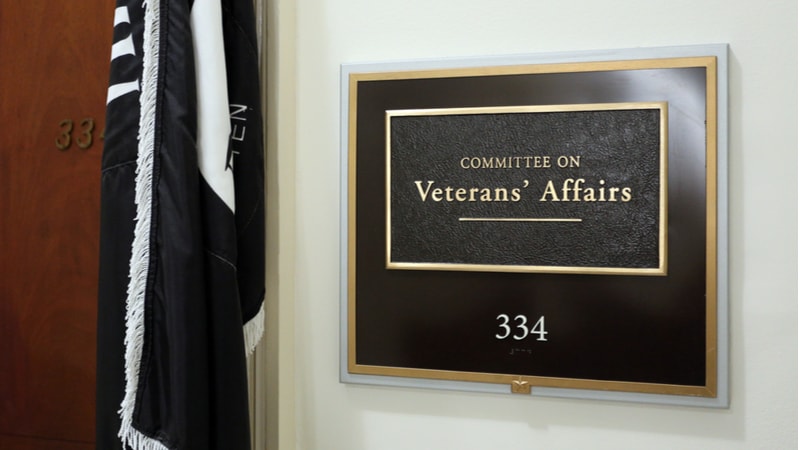
The Department of Veterans Affairs (VA) is in the final stages of planning for its transition to a commercial electronic health record (EHR) system, but faces congressional concern on two fronts: the agency’s inability to reliably define costs for the existing VistA system, and its estimate of $4.8 billion to maintain the system throughout the EHR transition effort.
At a hearing of the House Veterans Affairs Subcommittee on Technology Modernization, members of Congress questioned VA officials about the lifespan of the legacy EHR system, and the transition to Cerner’s Millennium platform.
“As the nationwide Cerner rollout progresses, VA will decommission VistA instances as necessary. However, during the transition period, VA must maintain VistA to ensure current patient record accessibility, and to ensure quality care,” explained Dr. Paul Tibbits, executive director of the Office of Technical Integration within VA’s Office of Information Technology (OIT).
While VA estimates it will spend $4.8 billion on maintaining VistA for the 10-year transition period, testimony from the Government Accountability Office (GAO) highlighted uncertainties in that estimate.
“VA believes VISTA has cost $2.3 billion between 2015 and 2017, but this figure is neither reliable nor comprehensive. VA can only reliably account for $1 billion of the $2.3 billion total. The source data for the remaining $1.3 billion, which largely accounted for VistA’s infrastructure, related software, and personnel costs, were not well documented,” said Carol Harris, director of IT acquisition issues at GAO.
“VA cannot fully define VistA, and that’s the problem,” she added. Harris also noted that VA had not submitted its 10-year cost estimate to GAO, and that she expected true costs would likely be higher.
The need for estimates over solid figures concerned members of Congress.
“We have a cost estimate of $10 billion for Cerner, you have a cost estimate of $4.8 billion to maintain VistA, but we don’t have any confidence in what VistA actually entails, so I don’t think we have any confidence in that $4.8 billion dollars. More importantly, that makes me have less confidence in the $10 billion estimate for Cerner as well,” said Rep. Susie Lee, D-Nev.
VA officials pointed to the agency’s ongoing implementation of Technology Business Management (TBM) at the department, and TBM’s ability to help VA better understand VistA costs. In addition, Cerner will conduct assessments of VistA instances as they replace them, with three sites already analyzed. However, Harris noted that “until VA can fully define VistA, they will not be in a position to accurately report the cost.”
Regarding the Cerner platform, VA officials noted that during initial operating capability (IOC) at the platform’s first sites, the Millennium platform will host 10 key clinical data elements with data going back three years, and with the goal to expand that to 18 elements by the end of the IOC phase. This means that for physicians, “it is possible one will need to use multiple systems in the context of a clinical encounter,” said Dr. Thomas O’Toole, senior medical advisor at the Veterans Health Administration.
Another concern that emerged during the hearing is that not all aspects of VistA will not be covered by the Cerner platform. Citing an estimate that 40 percent of VistA would not be included in the Cerner platform, VA officials noted that the majority of VistA would be modernized through the EHR effort, VA’s Financial Management Business Transformation effort, or in the department’s supply chain modernization effort.
On a positive note, VA officials noted that they are piloting a program to migrate many of VistA’s 130 instances to the cloud. Tibbits noted that VA has already piloted the migration of one instance, and 70 instances of VistA live in a DISA data center that is closing soon, and will be migrated to the cloud.
